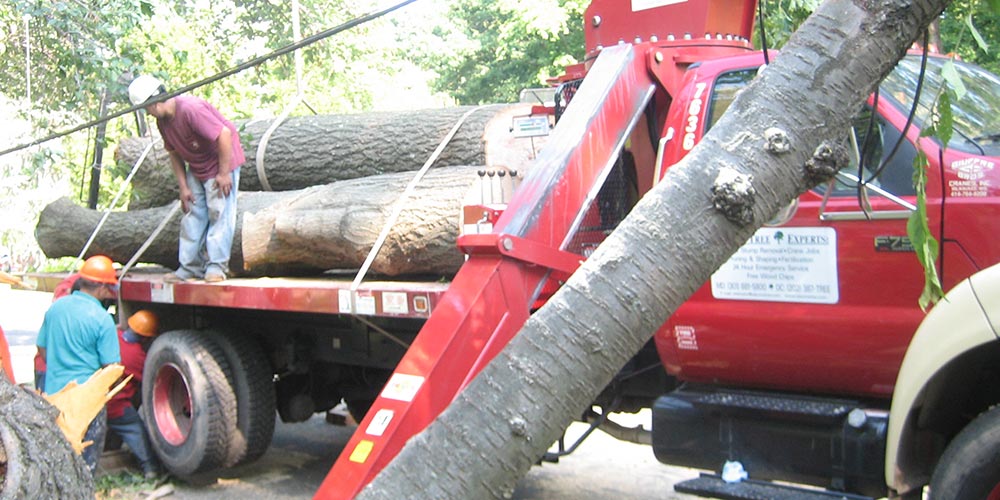
Trees that You Should Never Plant in Your Yard
Everyone loves trees. They are able to provide shade; spring, fall, or all year-round color; and a lot of visual interest regardless of where they are planted. These trees are habitats for avian birds because they are pretty. A yard with no trees is a lonely space, but there are a couple of tree species that give more trouble than what they are worth. The truth is, there are trees you should not plant. These trees are the ones that will invade. The tree cutting services will tell you these trees will tear your lawn. They can be short-lived and high-maintenance, and they are bad choices for your yard.
Read on to learn more.
Red Oak
Red oak is messy. They drop big trees and acorns during autumn. When you place the car underneath, acorns will fall from a high branch and it can put a tiny dent in your car.
Red oak will shed a lot of catkins, and small clusters of flowers that bear pollen. The catkins will trigger allergies, and if they collect inside your car, they can damage the electrical components of vehicles.
Therefore, you should not plant red oak in your garden.
Callery Pear
Callery pear has nice white flowers during spring and burgundy foliage in the fall. The truth is, the branching structure is weak, which causes all kinds of storm damage in areas that have winds, ice, or snow. In addition, Callery pear and the most cultivar ‘Bradford’ are invasive in a lot of states. You might think that this tree is harmless because it looks pretty, think again because it can be damaging to your backyard.
Chinese Flame Tree
The seed capsule of the Chinese Flame tree travels widely and sprouts everywhere – literally everywhere. In the fall and winter, the papery capsules will blow everywhere, bringing the seeds in contact with the soil. Each time this happens, every seed germinates. Let them all grow and in a couple of years, your whole yard will literally become a Chinese flame forest.
Hackleberry
People grow this shade of a tree when they cannot grow anything else. It involves heat, drought, air pollution, poor soil, and wind. That does not make it great for shading your house in the suburbs. Hackleberry is recognizable because of its silvery-gray bark encrusted with warty ridges. The small, blue-black fruits are loved by birds that spread seedlings all over the place. The worst thing about hackleberry is that the wooly aphids feed on the leaves drip out a sticky honeydew. The sooty mold grows on the honeydew, which blackens everything under the tree.
Eastern Cottonwood
You should skip planting trees unless you want to deal with the mess this produces. The cottonwood will produce a bounty of fluffy, cotton-like seeds that is going to stick to everything. This tree has a combination of the undesirable characteristic of roots: The root system is aggressive, pliant, and shallow, making the tree very unstable. It has a weak wood structure. Therefore, these factors causes the tree root to not be hardy enough to withstand exposure over the years to the elements, so any cottonwood you plant might not come down sooner instead of later.
Lombary Poplar
Lombary poplar was beloved as a quick-growing screen tree. It grows four to five feet every year – in an upright shape that will fit in backyards – this tree is perfect. Until it was not. Homeowners are quick to find out that Lombary poplar has a limited shelf life of 15 years as well.
You can contact tree removal companies Kensington if you want to have a tree removed.
